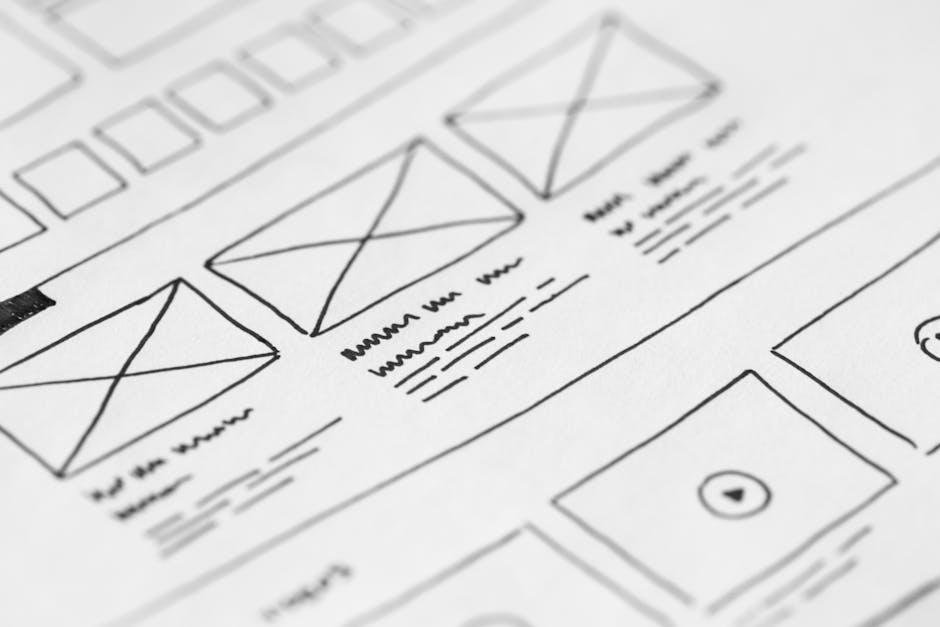🌟 1. Title Tag (SEO Title)
- Primary keyword should be near the beginning of your title tag—this helps both ranking and CTR .
- Keep titles within ~50–60 characters (≈600px) to prevent truncation and ensure full visibility .
📄 2. Meta Description
- Include your primary keyword—Google will bold it in the snippet, boosting click-through rates .
- Make it natural, concise (≤160 characters), and compelling—focus on user action over keyword repetition .
🏷 3. URL / Slug
- Place your keyword in the URL path (e.g.,
/best-coffee-beans/)—this improves readability and supports SEO integrity . - Use hyphens to separate words; keep URLs concise and descriptive .

🧭 4. Header Tags (H1, H2/H3)
- Use the primary keyword in the H1 heading, ideally reflecting the title tag .
- Sprinkle secondary or related keywords naturally into H2/H3 tags—this adds structure and reinforces topic relevance .
✍️ 5. First 100 Words of Content
- Incorporate the primary keyword within the first 100 words—this signals relevance to search engines early on .
- Ensure it fits naturally—contextually relevant placement matters more than density .
🧩 6. Body Content Naturally
- Apply your keyword and variations throughout the body, maintaining a density of around 1–2% .
- Use synonyms and semantically related terms to avoid stuffing and increase topical depth .

🔗 7. Internal Anchor Text
- Use descriptive, keyword-rich anchor text for relevant internal links—this boosts context for search engines and aids navigation .
- Vary phrasing to avoid repetitive exact matches—balance and readability are key .
📸 8. Image Filenames & Alt Text
- Name images descriptively (e.g.,
organic-coffee-beans.jpg) and include keywords in the alt attribute . - This helps search engines index images and improves accessibility .
🧾 9. Category Pages & Taxonomies
- For sites using WordPress or similar CMS, keyword-rich category or tag names can signal topical relevance to search engines .
- Use sparingly and logically to aid structure, not bloat.
🧠 10. Strategic Placement Recap
| Page Element | Why It Matters |
|---|---|
| Title Tag | Front-load keyword to boost ranking visibility |
| Meta Description | Bolded keywords increase CTR |
| URL | Keyword URLs are concise and meaningful |
| H1 / Subheadings | Build semantic structure and signal relevance |
| First 100 Words | Early placement confirms intent |
| Body Content | Natural density + related terms = topical authority |
| Internal Anchor Text | Contextual linking supports content relationships |
| Image Alt / Filenames | Supports image SEO and accessibility |
| Categories / Taxonomies | Reinforces site structure and context |
💡 Real-world Insights & Nuance
Reddit wisdom suggests:
“Heading and first sentence are the only important areas… context beats placement.”
Another tip:
“Use search queries with low CTR in homepage hero, H1/H2 & meta tags” for quick wins
While placement is vital, ensuring natural, context-driven usage remains the best strategy.
✅ Key Takeaways
- Aim for quality placement, not excessive use.
- Include keywords in 10 golden spots—from titles to alt text.
- Use variations and related terms for natural depth.
- Monitor performance via Google Search Console—optimize low-CTR pages .
- Trust context and relevance as your SEO foundation.
By placing your keywords thoughtfully—and always prioritizing reader experience—you reinforce page relevance, improve crawlability, and boost potential rankings. Need help optimizing your site’s keyword architecture or refreshing internal links? I can draft a placement map, conduct an audit, or build a template to ensure consistency across your content.





